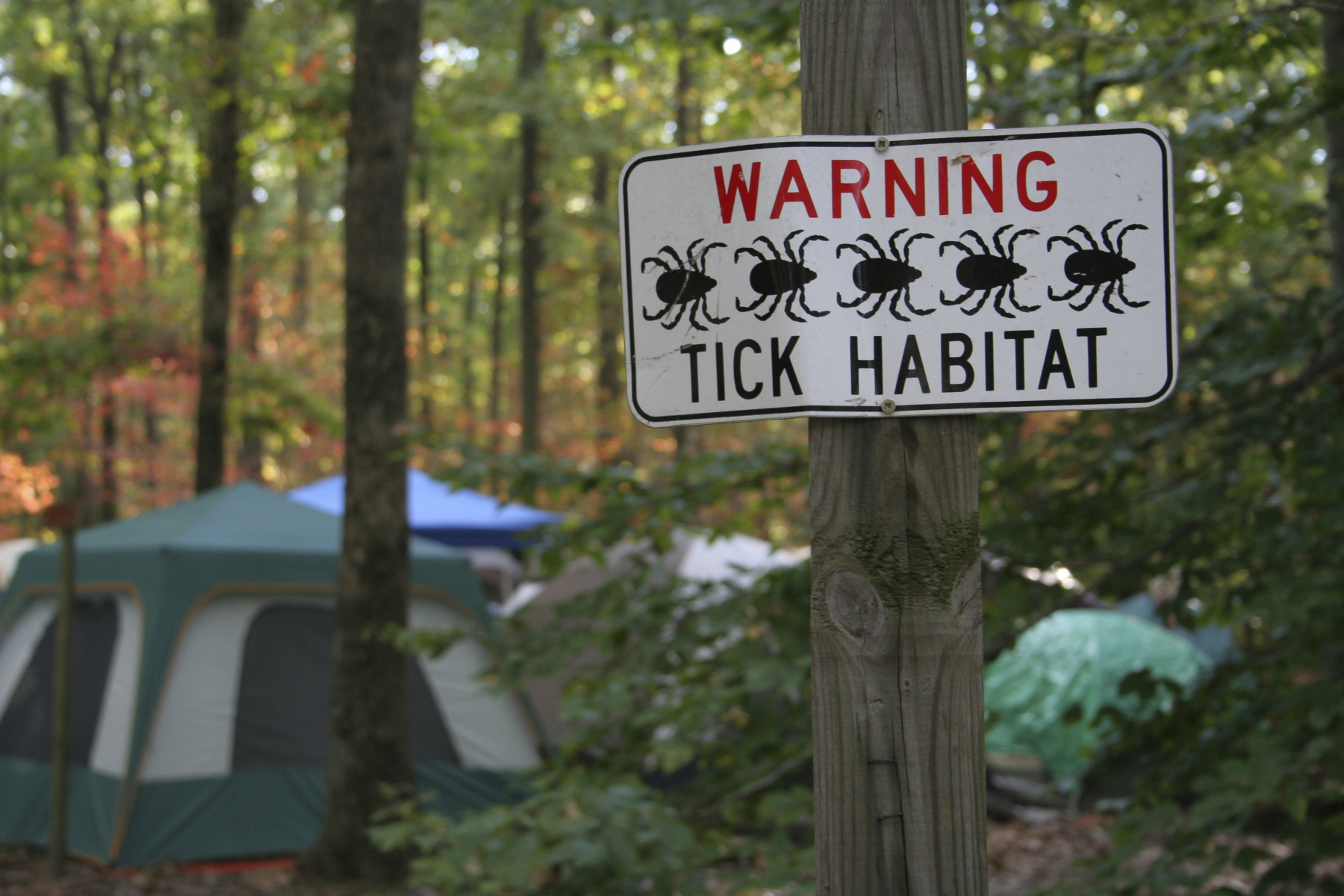Reality Check on the Danger and Likelihood of Contracting Lyme Disease
Perhaps the title of this article should be “Reality Check of the Ease of Contracting Lyme Disease Without Having Any Idea of Doing So.” In fact, that is the ultimate danger in it. In other words, a person gets bit by a tick, doesn’t realize it, then develops symptoms. Those symptoms are not identified by the victim as tick-borne. Nor does the doctor realize it.
The infestation is allowed to continue, with the tick-derived germs infecting critical tissues of the body, including the brain, spinal cord, joint capsules, liver, spleen, blood cells, and more.
Per the Massachusetts Department of Public Health Division of Epidemiology and Immunization in regard to the physical and behavioral nature of the transmitting agent of Lyme disease, the deer tick:
Both nymph (young) and adult deer ticks will bite humans. The highest risk of being bitten by a deer tick occurs throughout the spring, summer, and fall seasons. However, adults can also be out searching for a host any time winter temperatures are above freezing. Deer tick nymphs are the size of a poppy seed and deer tick adults are the size of a sesame seed.


The ease of contraction of a tick bite is demonstrated by this assessment by investigators at Penn State:
Ticks search for host animals from the tips of grasses and shrubs and transfer to animals or persons who brush against vegetation. They usually attach themselves in areas that are more hidden or hairy such as the groin, armpits, and scalp. However, ticks can attach under watch bands and waistbands, and in many other body locations.
Note: They also readily attach behind the ear and within the ear canal as well as within the umbilicus cavity.
Let us say a person had a Lyme tick attached and didn’t realize it. Then, such a one gets sick. What are the standard symptoms?
- Fatigue
- Chills and fever
- Headache
- Muscle and joint pain
- Swollen lymph nodes
- a characteristic shin rash called erythema migrans
Yet, it is known that not all of these are necessarily present at once. There could only be fatigue, chills, and fever or merely, actually, a sensation of not feeling right or feeling “lousy.” Who will diagnose it as Lyme? Therefore, once again, the disease festers, and the person will readily worsen, become chronically infected.
In fact, with such symptoms, perhaps with the exception of the rash, a diagnosis of Lyme is commonly missed.
There is a need for a high degree of vigilance, a high-degree of suspicion and alertness, for the symptoms and signs of Lyme as well as merely the likelihood of its occurrence. If a person get sick in the spring, early summer, late summer, or early fall and that sickness is associated with the outdoors, Lyme should be suspected until proven otherwise.
It’s all about a careful history and physical. If the victim had not been sick prior and had no history of such a sickness, once again, with this occurring within the high season for ticks, while also in a tick hot zone, why wouldn’t Lyme be the lead diagnosis unless otherwise proven?
The CDC map, though, is to a degree misleading. This is actual reported cases. Reported cases are most common not only in the hottest Lyme tick zones but also in areas where doctors have the highest awareness and vigilance regarding the disease. In the ‘low risk’ zones the number of cases is likely far higher, as physicians are less familiar with the syndrome and diagnose it only more rare, even suspecting it not to occur at all in their regions.
Yet, in those extreme hot zones people must be particularly cautious as well as vigilant. There must be a significant effort to prevent the contraction of the disease. It must become second nature to check the body for ticks often and also to do a complete check upon arriving from an outdoors experience, including mere gardening at home.
No efforts must be spared at prevention and, in fact, protection. The outdoors person should wear light clothes, always tucking the socks over the pant legs. According to the Pennyslvania department of health there should even be that extra effort of taping the area of the socks/pant leg interface to “prevent ticks from crawling under clothing.” If there is an avenue for their commission of treachery, they will find it. Too, it is recommended, a light-colored hat should be worn, along with a long-sleeve shirt for added protection. The shirt-wrist interface should be sealed with rubber bands or tape.
Sources:
http://www.cmmcp.org/TM3902.pdf
http://ento.psu.edu/extension/urban/lyme-disease


